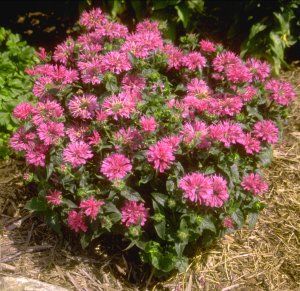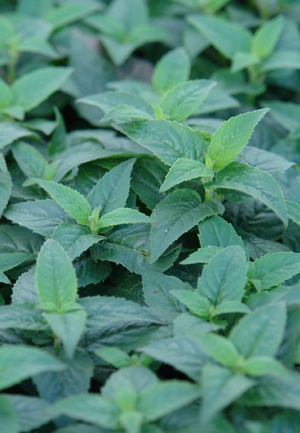Monarda 'Petite Delight'
Common: beebalmMonarda 'Petite Delight' PP10784 - 72 per flat
- Height: 12"-15"
- Spread: 12"-24"
- Spacing: 12"-18"
- Hardiness Zone(s): 3-8


Monarda 'Petite Delight' PP10784 - 72 per flat

Bred by Lynn Collicutt of the Morden Research Station in Morden, Manitoba. Lavender-pink flowers in July and August atop deep green, shiny and clean foliage. More compact than others in the species. Very low maintenance. Cherished by butterflies and hummingbirds, but disliked by deer. Also makes an excellent cut flower!
Prefers average to moist, organically rich, well-drained soil in full sun. Do not let the soil dry out. Needs good air circulation. Deadhead to prolong flowering season. Tidy habit and slow to spread. Forms small clumps, unlike its larger relatives.
Beebalm's fragrance is intoxicating. After working with or near beebalm for several hours I have "flash backs" of its fragrance all day. The more you smell it the more you want to smell it. Like lavender, the scent is spicy and strong. Deer just can't stand it!
Growers are always coming up with new cultivars of plants, including beebalm. While most beebalm are between two to three feet tall and wide, some are smaller and some are bigger. One of my favorite cultivars is 'Petite Delight', a dense plant only about two feet tall. Petite Delight's fragrance is very intense and the flowers are an attractive lavender that blends nicely in the garden. Our experience with Monarda is they suffer terribly from powdery mildew. Don't cut beebalm down in the fall. Wait until late February or early March. Its dried seed heads not only provide winter interest, but food for birds. - www.mydeergarden.com